GELFAND’S WORLD--It's easy to become despondent about the right wing war against science. It's been exposed in books and in countless blog posts. There is a lot of truth to the existence -- and danger -- of the unrestrained attacks on scientific practice. The world is descending into global warming and its effects are not entirely predictable, yet there are those who continue to deny. In addition, there are those who oppose the proper teaching of modern biology due to its foundational theory of evolution. That's the downside, but as the infamous year 2016 heads to a finish, it's worth considering the bright side of things. Science is continuing, and an enormous amount of progress is being made.
We might begin the discussion by considering a seminal event, the 1836 creation of a library of medical texts that served the office of the U.S. Army Surgeon General. It grew and was moved around over the next century or so, most notably in 1866, to the same Ford's Theater where Lincoln had been assassinated. People were opposed to the idea of the theater being reopened for plays, so the government took the building and placed its collection of medical books there. The Library, eventually known as the National Library of Medicine (NLM), came to its new location in Bethesda, Maryland in 1962. Incidentally, one of those involved in the creation of the new library was Senator John F. Kennedy, who got to see its opening after he became the president.
Within a few decades, the growth of computer technology and then the rapid expansion of the internet allowed for an equally rapid expansion of scientific communication. In the 1970s, the Library created Medline, an online search tool that was available to a few medical libraries. In 1986, the Library, demonstrating that it did not lack for a sense of humor, released a computer program called Grateful Med. It allowed anybody with a desktop computer and a dialup modem (remember those?) to go online and search for articles of interest. At the beginning, you had to write to the NLM in Bethesda and ask for the program disks, which came to you by mail (remember mail?). The program worked in the pre-Windows environment, and users had to pay to use the system. By the 1990s, it was possible for anyone, at any place in the world that had a telephone line, to look up the latest findings in most any scientific field.
By the late 1990s, online searches of the scientific literature were available as a free service. The online system is called Pubmed, and the jargon, "do a Pubmed search" is familiar to pretty much all life science researchers.
It's hard to explain how great was the effect of Pubmed on the ability to do science in a knowledgeable and intelligent way. The best I can do is to remind people of a certain age what life was like before we had Google searches or what playing music was about prior to iTunes and the smartphone. The before and the after were whole different worlds.
The expansion and widespread acceptance of the internet as a part of our lives resulted in the migration of scientific journals to the online realm. There are still a lot of journals that put out print editions, but most have some sort of online presence. One result of digital efficiency is that new results go online quickly. The NLM picks up the information on new publications within the week and puts them in its Pubmed database.
This isn't just theory, but actual result. We had a paper accepted in final form by an international journal on December 9. When we bothered to check it on Pubmed a week later, it was already listed on the search engine.
Because knowledge is available at the click of a button, it's possible to design experiments more quickly. What used to take two weeks -- trying to look things up in the brick and mortar library -- is now a task that can be accomplished in five minutes on your laptop keyboard. And when you've done the search, you can download abstracts or even print out entire research papers on your desktop printer.
The result of these informational advances is to make science itself more efficient and more effective.
The other big change is that automated laboratory systems for sequencing DNA and finding RNA allow for the accumulation of the kind of data that are opening the view into how living systems work, right down at the submicroscopic level. There is enormous complexity in currently available biological data, but it can be dealt with and, to a certain extent understood, even at the level of a laptop computer running Excel.
So where am I going with this wordy introduction? Let me offer one example from personal experience. We were interested in the effects of a toxic chemical on cellular function. In particular, we wondered if we could see any changes in the expression of any of the genes. (You know, that process where DNA is copied into something called RNA, a mechanism called transcription.)
In living memory -- at least the memory of some people still living -- this was impossible to do. The tools did not exist. Then it became possible to analyze the effects on a few genes. You had to know which genes you were looking for, and the whole process could take as much as a month, but you could find things out.
More recently, it became possible to send the RNA collected from cultured cells to a testing lab and within a week or two, receive back an email listing the effects on every single known gene. By doing this, we found that out of the approximately 25,000 genes available to the human cell, there were a few dozen that were particularly affected by this one known chemical.
We were not alone in doing this kind of research. Other researchers developed methods for rapid DNA sequencing that allowed clinicians to look for mutations particular to a particular condition or disease. To do this kind of work, you need to have samples from lots of people (some having the disease and others without it). Then you get DNA sequence data from all of those people and look for differences that fit one group but not the other.
Think about what I just said. At one point, some audacious people suggested that we sequence the entire human genome. It was a daunting prospect for those who chose to engage, but through advancing technology, the project was finished within a few years. Now, it is possible to sequence many samples in parallel and compare them against each other.
This is one of the most promising areas for current research, because it provides the possibility of defining some diseases at the ultimate causative level. There are certain genetic disorders such as sickle cell anemia where the genetic defect has been known for a long time. Other diseases such as cancer can be the result of many genes interacting in a complex way. Over the past 20 years or so, many of the defects and changes that lead to cancer have been discovered. There is still lots of work to be done, because there are complex interactions among these factors, but the understanding of how the disease begins and progresses is building.
Science is making progress. Let's consider a couple of snapshots in time. Running a Pubmed search on the category cancer yields a few citations from the early 1800s. Apparently the curators have been photographing articles from very old journals and making them available right along with modern studies. One of the earliest is from a journal called Medico-Chirurgical Transactions and is from December 23, 1828. The article has a rather unusual title by modern standards: Two cases of fracture of the thigh-bone taking place without any violence, in which a diseased state of the bones appears to have been the predisposing cause of fracture, and concurring with cancer in the breasts in both patients.
The author, Thomas Salter, ESQ, F.L.S., explains that each of the two women suffered a spontaneous broken bone, high in the thigh, in the absence of a major violent event. Both are also described as having had breast cancer, although there is no additional detail. We can surmise that in an era without X-ray and where little was actually known about the cause of disease, the spread of cancer to the bone several years after the initial onset was not something that doctors were trained to look for. And if they were to look, there would have been little or nothing they could do about it.
The other snapshot is today's edition of Pubmed in which the search using the term cancer yielded three and a half million citations. Taking only the most recent citations, we can find an article titled (don't panic when you read this. It's not on the test) Association of single nucleotide polymorphism re6983267 with ulcerative colitis and colorectal cancer. Without going into detail, this is a study which locates a single mutation in a single spot in the genome, and shows that the mutation correlates to a certain type of cancer and a certain medical condition. This understanding comes from being able to sequence samples from numerous people quickly and inexpensively.
This is the beginning of a new era in which researchers will look for specific cures for specific genetic mutations. At the least, the information will guide the development of targeted treatments.
As I mentioned above, these are two citations out of nearly four million. Most of the citations are from recent decades and taken as a whole, represent huge progress in medical science. Compared to modern knowledge and methods, that surgeon of 1829 might as well have been doing archeology on old bones in terms of developing insight into disease causation.
So here is the good news: In spite of the anti-science prejudices of some of our politicians led by all too many corporate lobbyists, we are making progress in science. Even if American science is stultified by Republican committee chairmen in congress, the rest of the world will continue. In addition, medical science will probably face less congressional wrath than climate science, so even in America, we will continue.
By the way, Pubmed searches for heart disease yield more than a million citations, and searches for terms such as arthritis yield their own hundreds of thousands of hits. Mankind is making progress, and luckily it has little to do with the political winds, other than that politicians can provide funding or cut funding.
Molecular biology, which has come so far, has led to attempts at molecular medicine, and out of molecular medicine has come all those new drugs with names ending in mab. The mab is short for monoclonal antibody, and is this generation's approach to targeting specific molecules on the surfaces of specific cell types. For some things, monoclonal antibodies really work. They didn't even exist when many current scientists were getting started.
But the current generation of treatments is just the beginning. New research into something called microRNAs (miRs for short) may lead to the next generation's approach to therapy, maybe even paired with carefully chosen stem cells. But that's a subject for another year.
(Bob Gelfand writes on science, culture, and politics for CityWatch. He can be reached at [email protected])
-cw




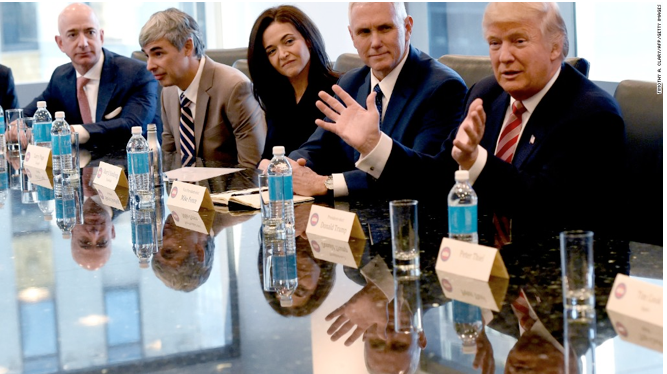

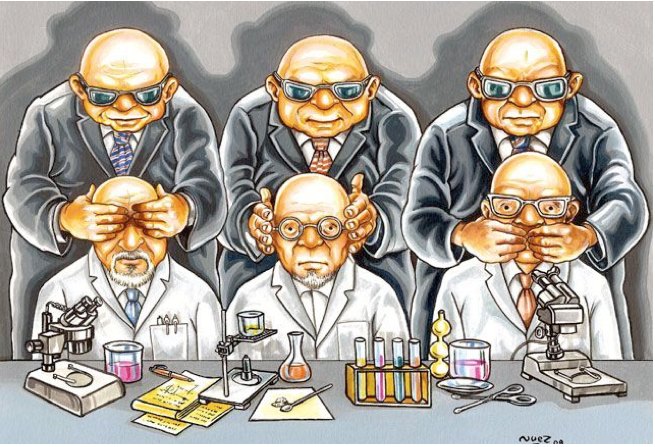
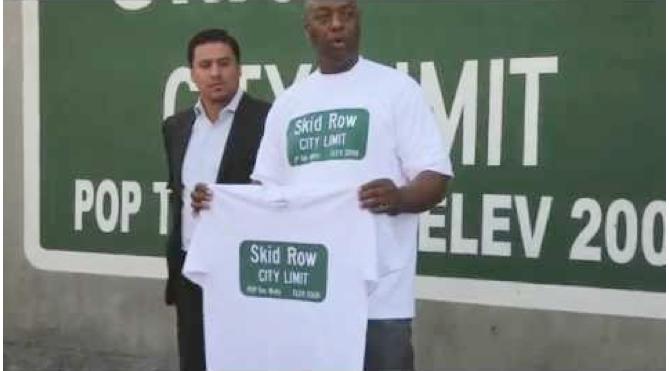

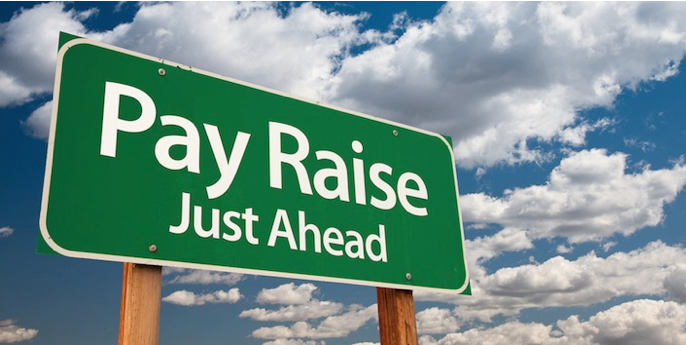


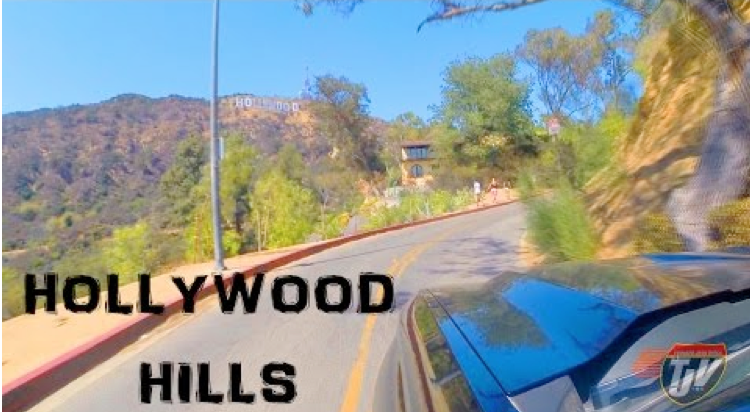
 We work closely with LAPD, LAFD and even DWP. We help to get streets repaired, city services improved, support schools, LAPD and Fire Department programs, our library, theatre arts projects.....and play a major role in planning and land use issues, particularly when it comes to density and major developments within our congested boundaries. We've had to battle controversies that include protecting Runyon Canyon from commercialization to controlling the out-of-control situation with the Mini Tour bus issues. We listen to developers as well as those opposed to them.
We work closely with LAPD, LAFD and even DWP. We help to get streets repaired, city services improved, support schools, LAPD and Fire Department programs, our library, theatre arts projects.....and play a major role in planning and land use issues, particularly when it comes to density and major developments within our congested boundaries. We've had to battle controversies that include protecting Runyon Canyon from commercialization to controlling the out-of-control situation with the Mini Tour bus issues. We listen to developers as well as those opposed to them. 

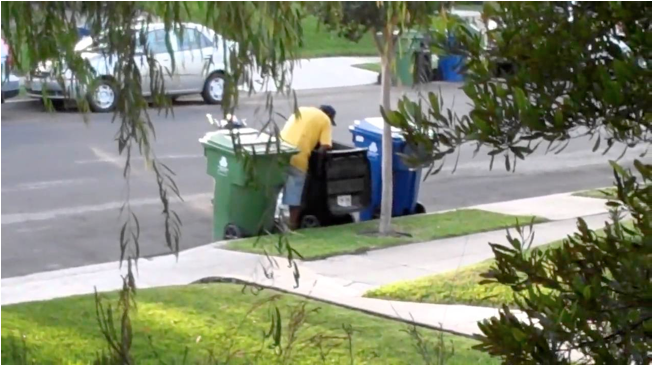
 This issue goes all the way back to the days of Tony V colluding with the Department of Sanitation in an attempt to extort tax money from us under the guise of being “green.” In one of those PR flack’s poster dreams, the Sanitation Department printed up a
This issue goes all the way back to the days of Tony V colluding with the Department of Sanitation in an attempt to extort tax money from us under the guise of being “green.” In one of those PR flack’s poster dreams, the Sanitation Department printed up a 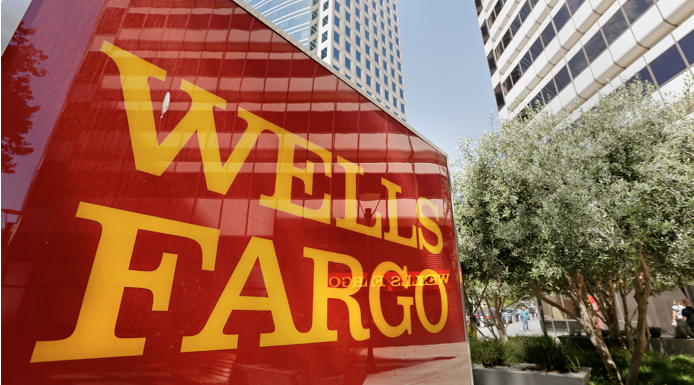

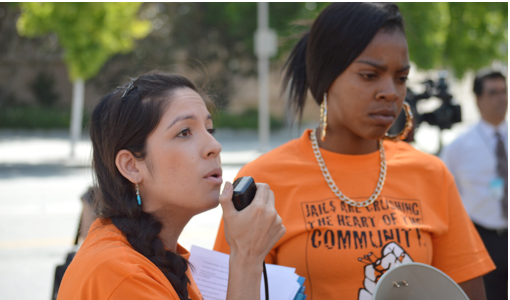
 When the director of Californians for a Responsible Budget, (CURB), who in her capacity represents seventy organizations opposed to the proposed detention center, tried to be heard on the topic of Mira Loma, Supervisors Kuehl and Solis couldn’t be bothered to listen. (Photo left: Diana Zuniga addressing County Supervisors Sept, 2015)
When the director of Californians for a Responsible Budget, (CURB), who in her capacity represents seventy organizations opposed to the proposed detention center, tried to be heard on the topic of Mira Loma, Supervisors Kuehl and Solis couldn’t be bothered to listen. (Photo left: Diana Zuniga addressing County Supervisors Sept, 2015) 

















